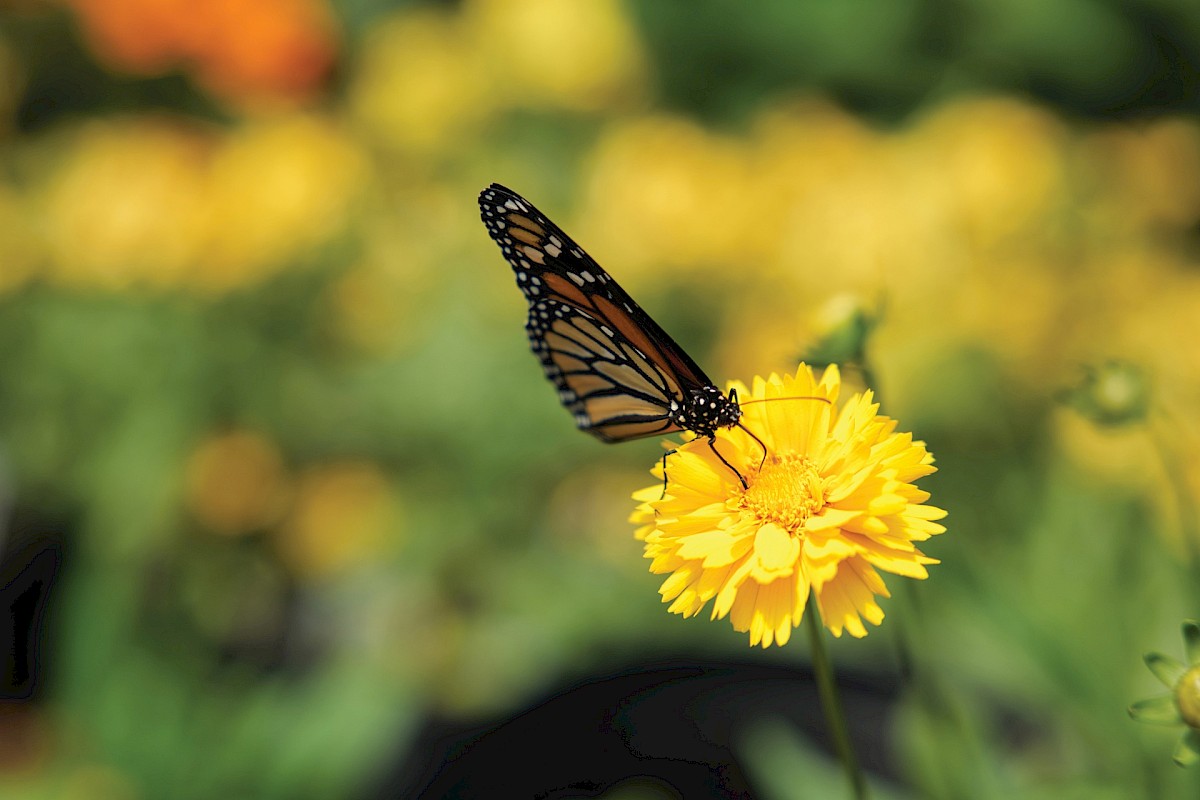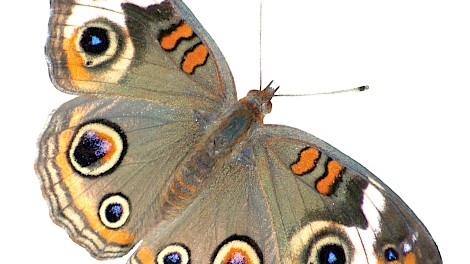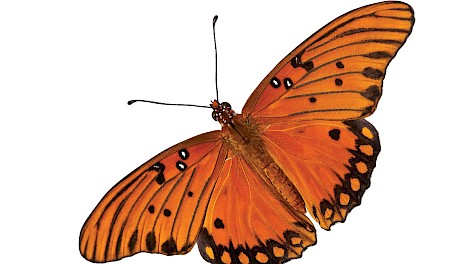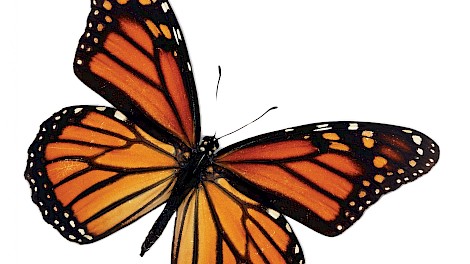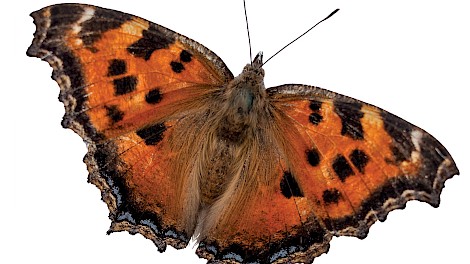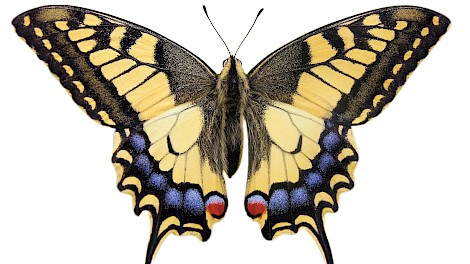The Butterfly Effect
With summer quickly approaching and spring weather turning sunny and warm, parents are looking for fun and educational places to take their kids, and people are looking for inventive ways to spruce up their yards. The Little Country Greenhouse in New Boston, Texas, answers both inquiries perfectly. This quaint, peaceful shop can provide educational opportunities for the whole family while supplying an array of plants, decorations, and other goodies for the hopeful, amateur, or professional gardener.
The Little Country Greenhouse not only sells plants but also offers a gift shop, a florist, a produce market with fruits and vegetables from local farmers, and an ice cream shop. The most unique thing about this nursery is its butterfly house. If you want to learn about butterflies and see some of the most beautiful butterflies native to Texas, then you want to visit New Boston and this delightful venue.
When Patria and Bruce Pardue, owners of The Little Country Greenhouse, went on their honeymoon six years ago, they started thinking about improving their business. They found a butterfly house near their southern Texas beach destination and decided to visit. That excursion left them wanting more, so they stopped at the Texas Discovery Gardens in Dallas. The Pardues found locations that while the gardens were pretty and there were butterflies at both, neither provided much education about butterflies or why they thrived in these locations.
“I was a little disappointed,” Bruce recalled. “I wanted to learn more about butterflies; there were beautiful signs and plants, but we couldn’t find the butterflies that matched those signs while we were looking at them.” Sadly, there was no one to give them more information. “I was told to ‘just read the signs,’” he added.
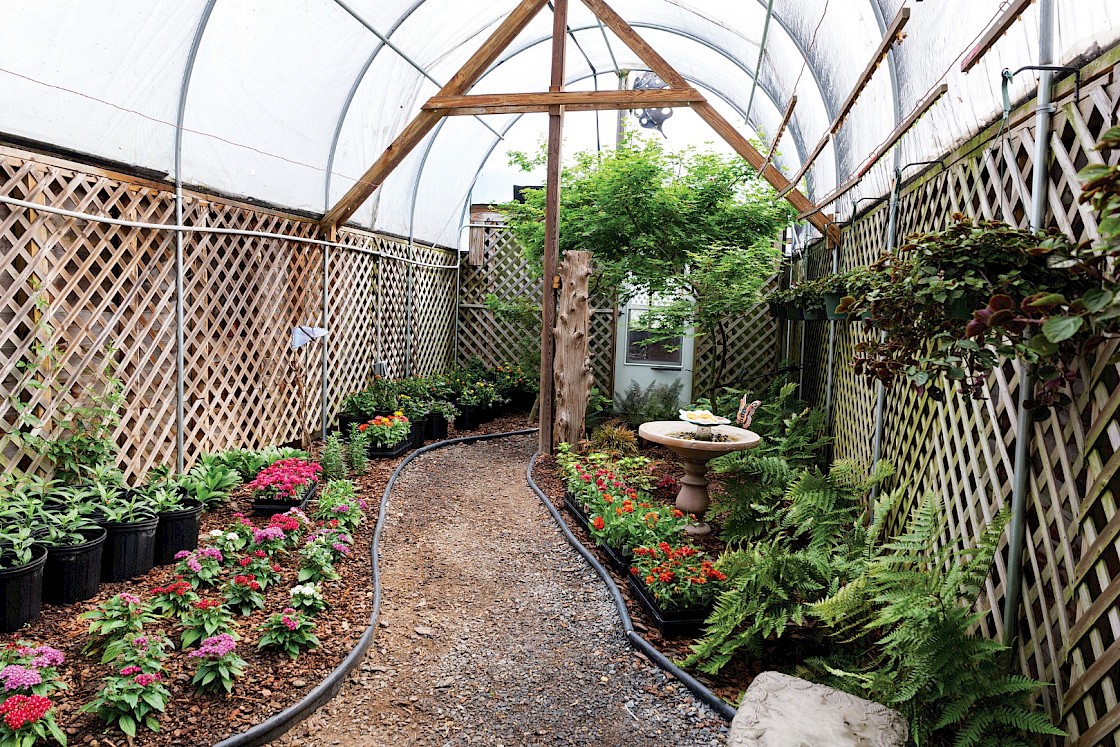
These two visits sparked Bruce’s interest, so he started doing research of his own. He found he could create an ecosystem for butterflies native to Texas. “A lot of the perennials we grow are butterfly friendly. There is nothing exotic in the butterfly house,” he said.
Considering the research he found, Bruce created an original design that would be conducive to the survival of butterflies. He had several things to consider in this design. He wanted to ensure the butterflies could thrive during their three weeks in flight. He also had to follow regulatory guidelines for introducing the butterflies into a new environment.
“The two main enemies of butterflies, besides a predator eating them, are wind and rain,” Bruce explained. To protect the butterflies, he created a structure that would protect the butterflies from the wind and rain and that would follow regulations. He did his homework and studied state and federal regulations because he raises a species that could be considered invasive if too many are introduced to the area.
All but one of the species Bruce raises are native to Texas. He has Swallowtails, Buckeyes, Question Marks, Gulf Fritillaries, and others. The butterfly house also hosts Monarch butterflies. The Monarch, although it is the Texas state butterfly, is migratory and not a Texas native species. Monarchs travel from Canada to Mexico during their life cycles.
Each butterfly species comes to Bruce in its chrysalis stage, and he creates an ecosystem for some to go through the entire life cycle in the butterfly house. Because each butterfly requires host-specific plants to lay eggs on and feed from, the Pardues provide these plants for each specific butterfly species.
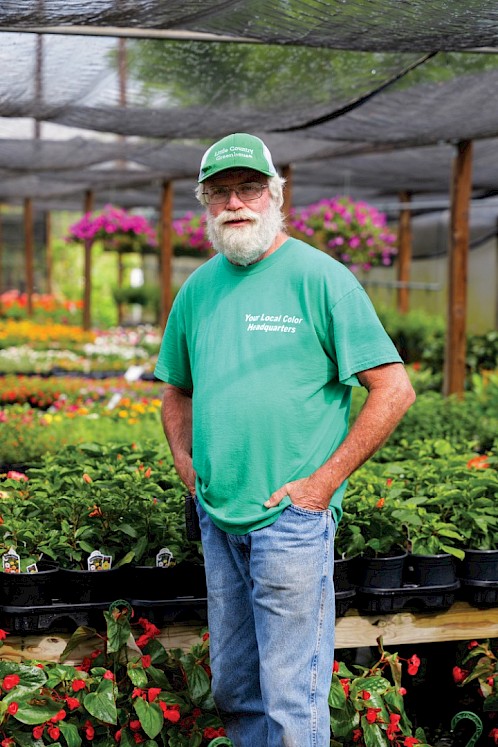
“The black swallowtail only lays its eggs on dill, fennel, or flat-leaf parsley,” said Bruce. “Monarchs are only going to lay their eggs on milkweed.” Not only are butterflies host-specific when laying eggs, but they also only eat the nectar from certain flowers when they come out of the chrysalis stage. Because their in-flight lives are short, butterflies emerge looking for a host plant and a mate. They have about 48 hours of nutrients stored when they hatch, but they know they must reproduce quickly. Butterflies find their mates around the plants where they can lay their eggs. “The butterfly only lays between 50—100 eggs,” explains Bruce.
Butterflies are insects, so the air regulates their body temperatures. Most butterflies seek a place to create a chrysalis when temperatures drop. Those Texas native butterflies in The Little Country Greenhouse butterfly habitat do this in early September. The only difference to this is the Monarch butterfly. “The Monarch goes through four generations in one year. The first three generations each live for three weeks. The fourth-generation butterfly is bigger, and they are the only ones we release,” Bruce said. “Their instinct is to head south.”
The Pardues started The Little Country Greenhouse butterfly house to add to their business, but more importantly, they wanted to educate others about butterflies and how people can host these beautiful insects in their backyards. They have created a fun environment where people can interact with butterflies. The 300 butterflies they plan to have in the butterfly house by Memorial Day will allow the public to enjoy these creatures up close. “Ours is about teaching and what you can do in your own backyard,” said Bruce.
The butterfly tours are held daily from May through September at 10 am, 11 am, and 1 pm-3 pm and should be scheduled in advance. The tour guides, which include Bruce and two of his assistants, give groups of ten a ten-minute orientation of the dos and don’ts while in the butterfly house. They also show pictures and explain which butterflies the tour participants will see. The Pardue’s butterfly house provides one of only two free tours to see and learn about butterflies across the United States. The other free butterfly house is in Minnesota. Bruce and Patria want to provide people with an educational and inspiring experience.
“When we actually go in with you, we are pointing [butterflies] out, and we will take you and show you caterpillars and eggs, whatever is going on in there at the time of your tour,” said Bruce. The Little Country Greenhouse does tours for school groups in the Texarkana area, after-school programs, garden clubs, and master gardeners. They expect over 4,000 visitors to the butterfly house during this year’s season.
Bruce wants everyone who goes through the tour to learn something new and have an interactive experience. “I want them to experience what I didn’t get to,” he said. “I want to be able to put a butterfly on their finger. I want them to see [butterflies] up close and personal.”
While the butterfly house is a big attraction at The Little Country Greenhouse and does require a scheduled appointment, this oasis offers many other opportunities for the individual or family to enjoy. This year-round greenhouse also offers parakeets, exotic chickens, and ducks for visiting patrons to enjoy. Visitors can see nine baby parakeets and nests where 11 parakeet eggs are waiting to hatch. They can also visit with Frizzy, the chicken. She is a new breed, a frizzle chicken, with feathers like fur. Customers can come to enjoy these free experiences, shop for farm-fresh produce, eat some Blue Bell ice cream, and learn how to start their own butterfly gardens.
“We want folks to learn. That’s what it is all about—teaching and learning,” said Bruce. “The more successful our customers become, the happier they become.”
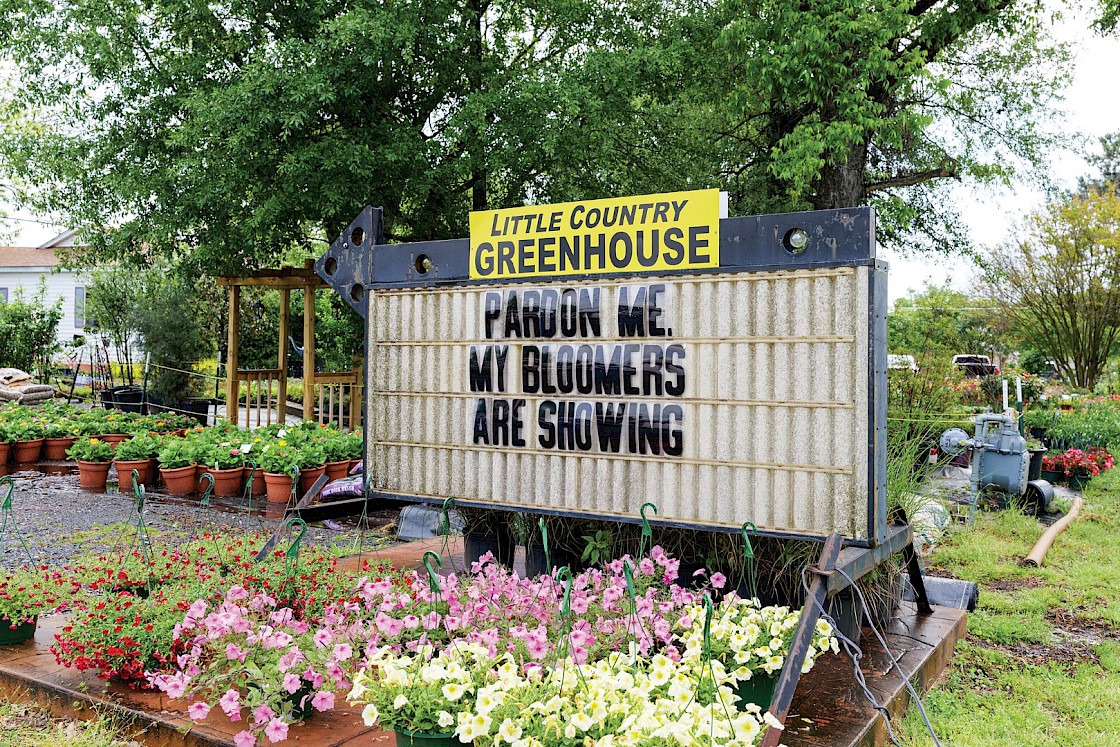
The Little Country Greenhouse is located at 1442 Daniels Chapel Road in New Boston, Texas. The greenhouse is open Monday-Saturday from 8 am-6 pm and on Sundays from 9 am-4 pm. Appointments for the butterfly house tours and other information can be obtained by calling (903) 628-2991.

